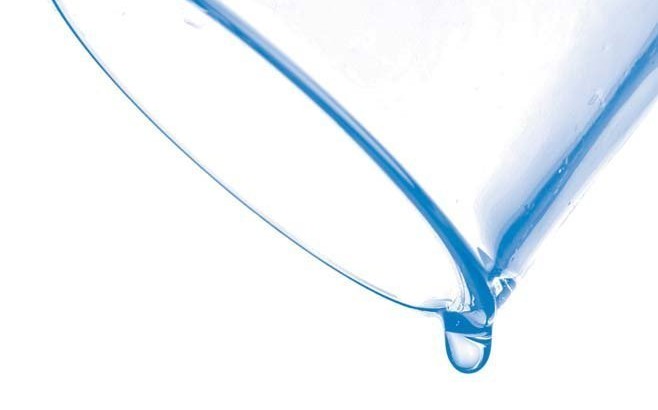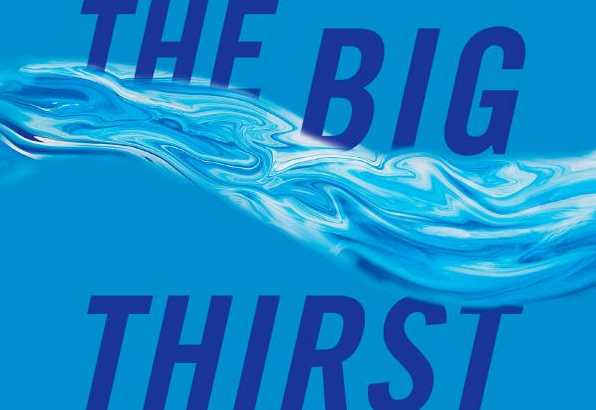

Water 4.0: The Past, Present, and Future of the World’s Most Vital Resource.
“If water is the essential ingredient of life, then water supply is the essential ingredient of civilization.” The book covers water systems that have supported civilization from the Romans to the modern world. No large metropolis (over 100,000) has been able to function without water technology. In fact, most of our systems are based upon what the Romans invented and curated throughout their rule. Water distribution played a key role in keeping the world small during “the Dark Ages” and the Medieval era. Refuse and sewage plagued large metropolitan areas up until the start of the 20th century with the start of basic water treatment (filtration and chlorination). Waster water treatment is a relatively new idea, gaining traction with the Environmental movement in the 1960s and 1970s and key legislation: Clean Water Act (1972) and Safe Drinking Water Act (1974). The Clean Water Act focused on sewage treatment and disposal, while the Safe Drinking Water Act focused on chemical compounds found in water. Of course, technology has gone hand in hand in both enabling measuring water particles in parts per billion and parts per trillion, while creating more complex man-made chemical compounds (prescription drugs, cleaning solutions, etc.), which begs the question, how bad are particles in our water, and to what extent is our water measurement capability a signifier of water pollution?
Sedlak goes through pros and cons of new technologies available for the creation of water (de-salination), treatment of wastewater (membrane bioreactors), reuse of water (runoff and gray water specifically), and water conservation. His terms are “acquisition, treatment, and management of water”. His future has two outcomes, a centralized system that employs all modern technologies to acquire, treat, and manage its water system, or a distributed system that has individual and neighborhood systems that are off a centralized water grid. His book is important in understanding that while water is a support system to life on earth, our treatment of and attitudes toward water is a relatively new concept.
Water 1.0 – Distribution – pipes, aqueducts (cloacae – sewers)
Water 2.0 – Filtration – water treatment (filters and chlorination) 1890s – 1940s
Water 3.0 – Waste Water Purification – sewage treatment due to pollution
Water 4.0 – De-centralization – systems that combine centralized and distributed water.
centralized systems break and are less efficient, but are more cost effective.
Reverse-Osmosis De-salination (water purification)
Reverse-Osmosis and Forward-Osmosis membrane bioreactors (wastewater treatment)





